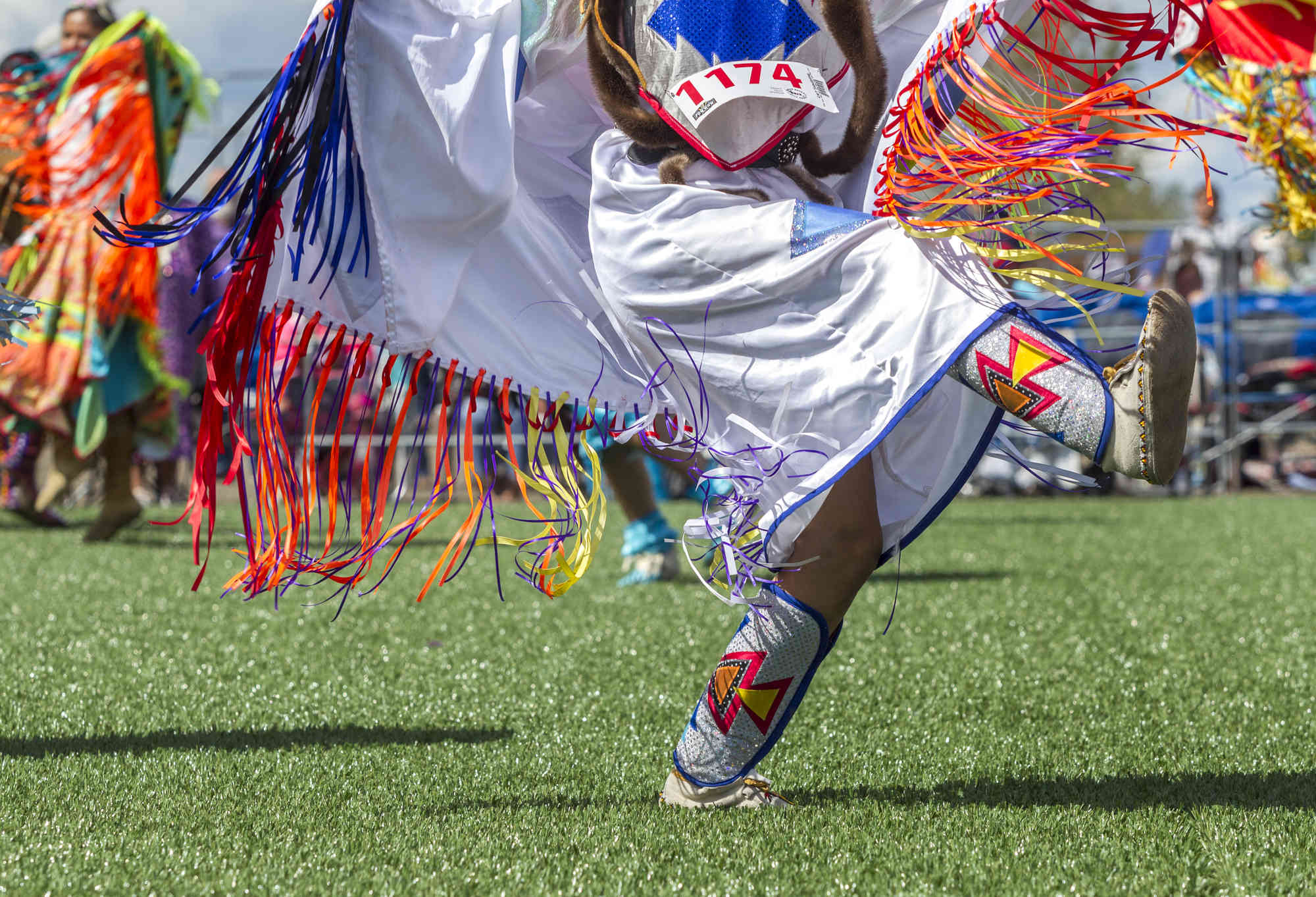For the Omaha tribe that resides in the reserves of northeastern Nebraska, western Iowa, the southern part of Thurston County, and northeastern Cuming County, traditional festivals are celebrated according to the natural cycle of the year. Mepa Honga is an important holiday for this tribe, and it takes place during the first thunderclaps of the ►
For the Omaha tribe that resides in the reserves of northeastern Nebraska, western Iowa, the southern part of Thurston County, and northeastern Cuming County, traditional festivals are celebrated according to the natural cycle of the year. Mepa Honga is an important holiday for this tribe, and it takes place during the first thunderclaps of the year. This holiday serves as a new year for the people. Hedewachi is another highlight for Omaha people since it is harvest time. The tribe does this celebration during the full moon in August. Other ceremonies will be performed throughout the year, such as cedar, wiping away tears after the end of mourning, and flagging to welcome an individual in the Pow-Wow circle to dance. In addition, you must know that the various tribes of Native Americans also share some celebrations, as is the case of the ceremony of the dance of the sun. Nevertheless, there are still some variations in the practice of it. Native Americans living on the Great Plains view the Sun Dance ceremony as an opportunity to focus on community prayer and healing. This dance is also synonymous with sacrifice, and diligent preparation is done to help participants before this special event. During the dance, key personalities will be honored with clothing, food, and horses. Then, on the fourth weekend of April each year, a Pow-Wow is organized to bring together the different nations of Native Americans. This celebration highlights dances and songs, allowing each tribe to socialize and share good times. The enormous gathering is an event that brings together dancers dressed in traditional outfits, and competitions such as Miss Indian World are organized during the day. The Pow-Wow also highlights businesses that want to sell their arts and crafts. The celebration of the corn harvest takes place between late July and early August. Its meaning is based on renewal. It can also be religious for some tribes. Also known as the Green Corn harvest, the celebration is practiced in forests found in the East and by the tribes of the South-East, such as the Creek, the Cherokee, the Seminole, the Yuchi, and the Iroquois. Dances, feasts, and young people mark this festival. Some Native American tribes will also celebrate the corn ceremony in honor of the young's maturity and the babies who receive their name. Many tribes incorporate ball games, tournaments, clean-up, and purification activities. A celebration that is primarily linked to Native Americans is Thanksgiving. In America, Thanksgiving is celebrated on a Thursday during November, while in Canada, it happens on a Monday during October of each year. In either case, this time is used to get together as a family and prepare traditional indigenous dishes. Others take the opportunity to travel and visit their families or attend Pow-Wows. Thanksgiving commemorated the event when English settlers shared a meal with Wampanoag Indians. Then, in November, it is also Amerindian Heritage Month for American and Alaskan Indians. This holiday celebrates Indigenous peoples' rich and diverse cultures, traditions, and histories while recognizing their contributions. Peyote Worship is a celebration practiced by the tribes of the southwest to obtain healing, and it is also done for baptisms, funerals, and other occasions. The rites usually begin in the evening and end at dawn. Some tribes allow only the presence of men. Incense and fire are the main elements of purification during this ceremony. Guided by healers, Peyote Worship is still handy for fighting physical and spiritual ailments. Vision Quests is a celebration practiced by many Native Americans to teach older children before puberty. Each tribe will have its way of celebrating this festival. ◄
